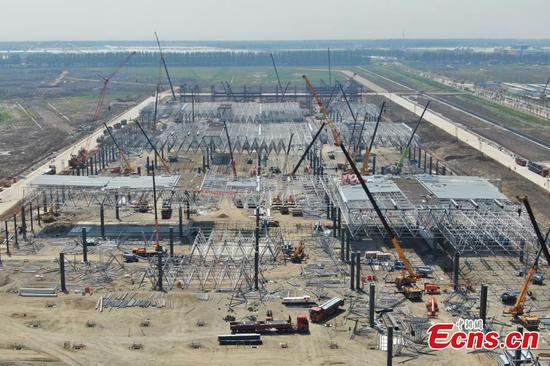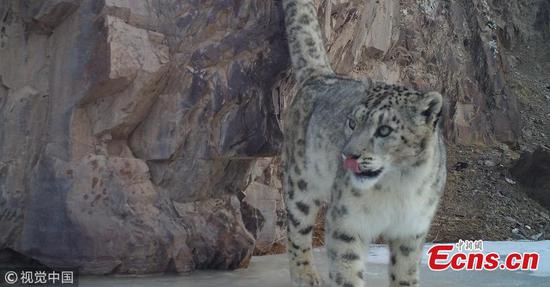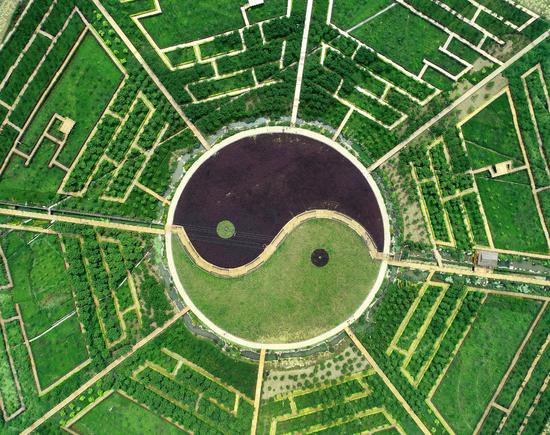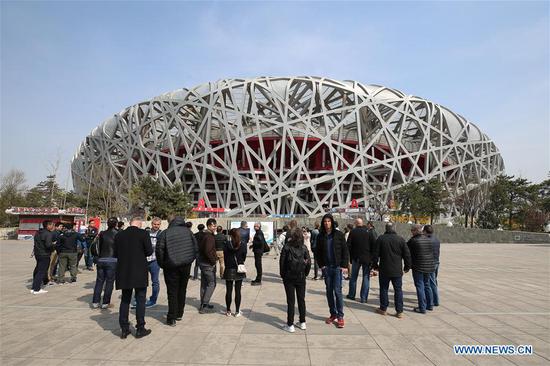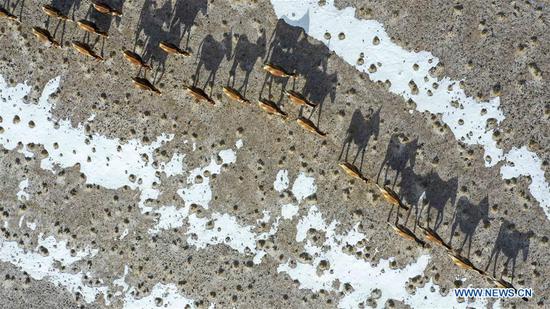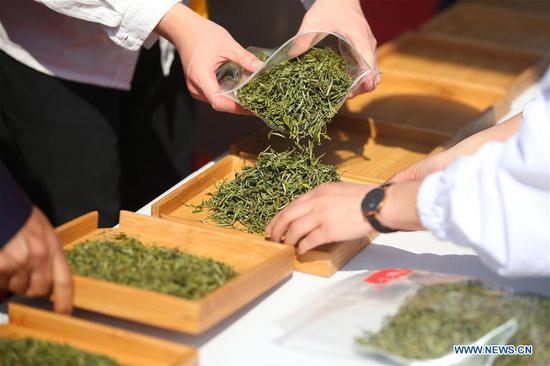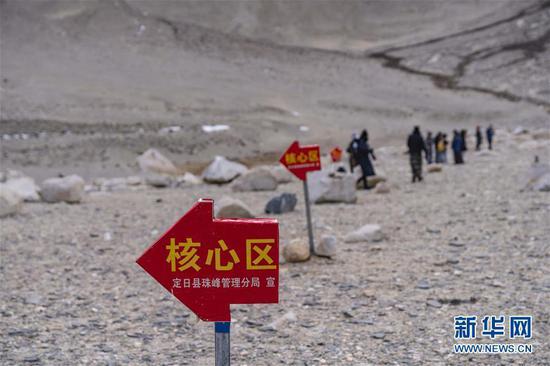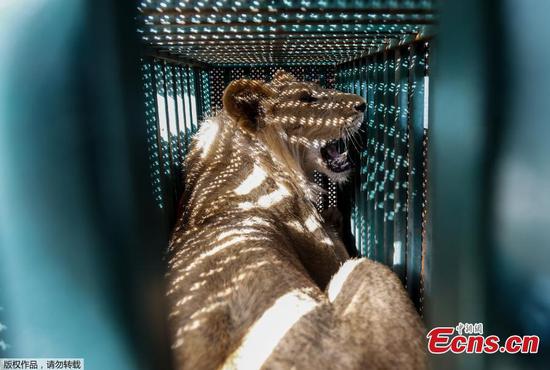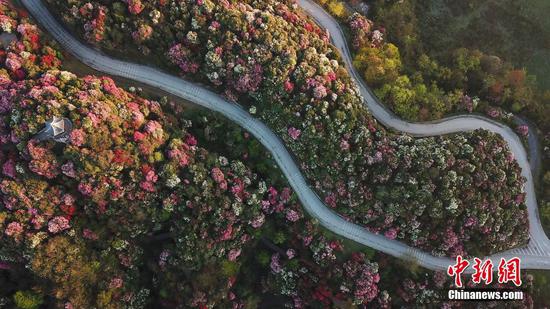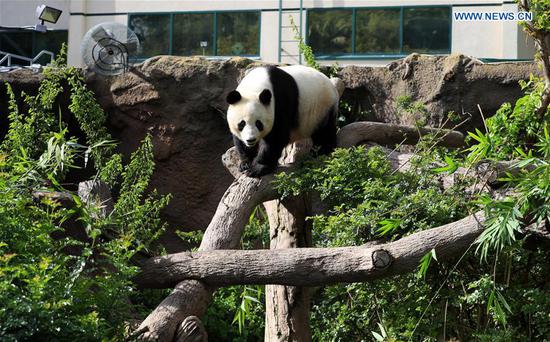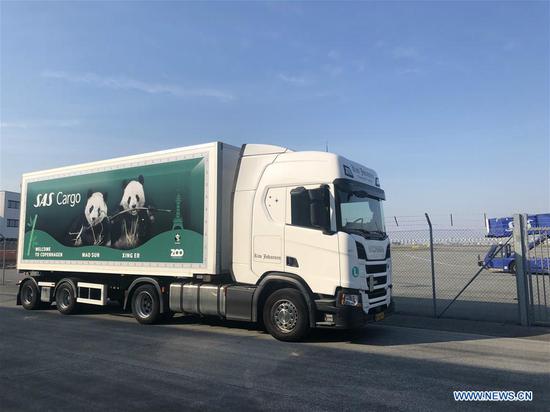Researchers with Stanford University are employing new artificial intelligence (AI) technology to improve the efficiency of environmental protection by accurately detecting and identifying sources of possible pollution from animal farms, a Stanford newsletter said Monday.
Stanford law professor Daniel Ho and his PhD student Cassandra Handan-Nader have found a way for machine learning to efficiently locate industrial animal operations on farms in the United States and help regulators assess environmental risks on each facility, said the Stanford Report, a newsletter delivering news about the university community via email.
The newsletter said the U.S. Environmental Protection Agency has regarded agriculture as the leading source of pollutants into the country's water supply system.
A huge proportion of the pollution was believed to come from large-scale, concentrated animal feeding operations, known as CAFOs, said the Stanford Report.
The scarcity of CAFOs information has in some cases made it virtually impossible for regulators to monitor potential facilities that discharge pollutants into U.S. waterways, according to the newsletter.
"This information deficit stifles enforcement of the environmental laws of the United States," Ho said.
In order to improve environmental protection, Ho and Handan-Nader, who were helped by a group of students in economics and computer science with data analysis, resorted to several open source tools to retrain an existing image-recognition model to look for large-scale animal facilities.
The Stanford researchers used the data collected by two nonprofit groups and the enormous database of satellite images by the U.S. Department of Agriculture in an effort to detect poultry facilities in North Carolina.
They found their algorithm could find 15 percent more poultry farms than through manual enumeration, said the newsletter.
"The model detected 93 percent of all poultry CAFOs in the area and was 97 percent accurate in determining which ones appeared after the feed mill opened," the two Stanford researchers wrote in their paper published in the online journal Nature Sustainability on Monday.
They believed their algorithm could map 95 percent of the existing large-scale animal farms with fewer than 10 percent of the resources spent on manual counting of those locations.










